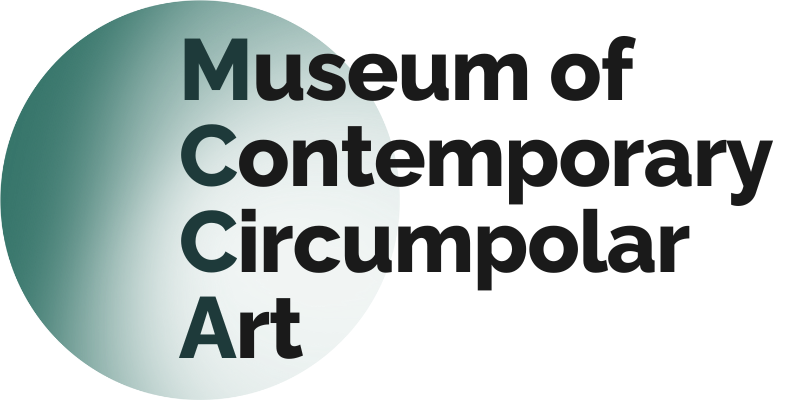Museum of Contemporary Circumpolar Art (MCCA)
ObjectDancing Bear (Sculpture )
Nalenik began carving in the mid 1960s at the ge of fifteen, and likely created small ivories for the first few years. By the late 1960s he was carving large stone sculptures, mostly depictions of bears and other wildlife. Nalenik and his family moved to Kimmirut only in the late 1970s, preferring to live on the land until that time. His attitude to carvng was decidely old school as; he preferred using simple home-made carving tools. His dedication to his art is summed up nicely here: "I admire and like to watch other carvers working. Thes inspire me work hust as hard as they are, which helps me to keep doing my best, especially during long, hard cold winters when I have to work outside." (Guide to Kimmirut rtists: 2005-2006, Kyra Vladykov Fischer, artist interview with Rob Jaffray)
First Arts Catalogeu, December 2022, #152
Like Pauta, Nalenik had an eye for balance and proportion, the dancing bear, massively heavy, but visually light
Accession
2001.88
Object Type
Sculpture
Description
Dancing Bear
Production Year
1999
Production Location
Kimmirut (Lake Harbour), Nunavut, Canada
Materials
Serpentine
Dimensions
H50 x W20 x L42 cm
Provenance
Canton Furs
Exhibitions
- Window to the North: Art of the Inuit and their Neighbours (Gallery of the Museum Payerne), 2011
- Treasures from the Arctic: Inuit Art and Culture (Kulturverein Thayngen ), 2010
- Shared Arctic (Palais des Nations, UNO, Geneva), 2007
- Shared Arctic (State Museum of Oriental Art, Moscow, Russia), 2006
- Shared Arctic (Shemanovsky Museum and Exhibition Complex, Salekhard, Yamalo-Nenets AO, Russia), 2006
- Inuit Art (Nordamerika Native Museum, Zurich, Switzerland), 2003
- Faces of the Arctic (Palais des Nations, UNO, Geneva, Switzerland), 2002
- Faces of the Arctic: Canada - Chukotka (State Museum of Oriental Art, Moscow, Russia), 2002
- Canada's 150th Anniversary (Davos, Switzerland), 2017
- What Inuit have been doing and still do (Permanent Canadian Mission to UNO and WTO, Geneva, Switzerland), 2017
- 50 Shapes of Prey (Museum Cerny), 2021
- Sedna: Mythos und Wandel in der Arktis (NONAM, Zürich, Switzerland), 2023
- Arctic/Antarctic (MUBA, Basel, Switzerland), 2012
- Baer Meets Art (Bank Julius Baer, Bern, Switzerland), 2014

